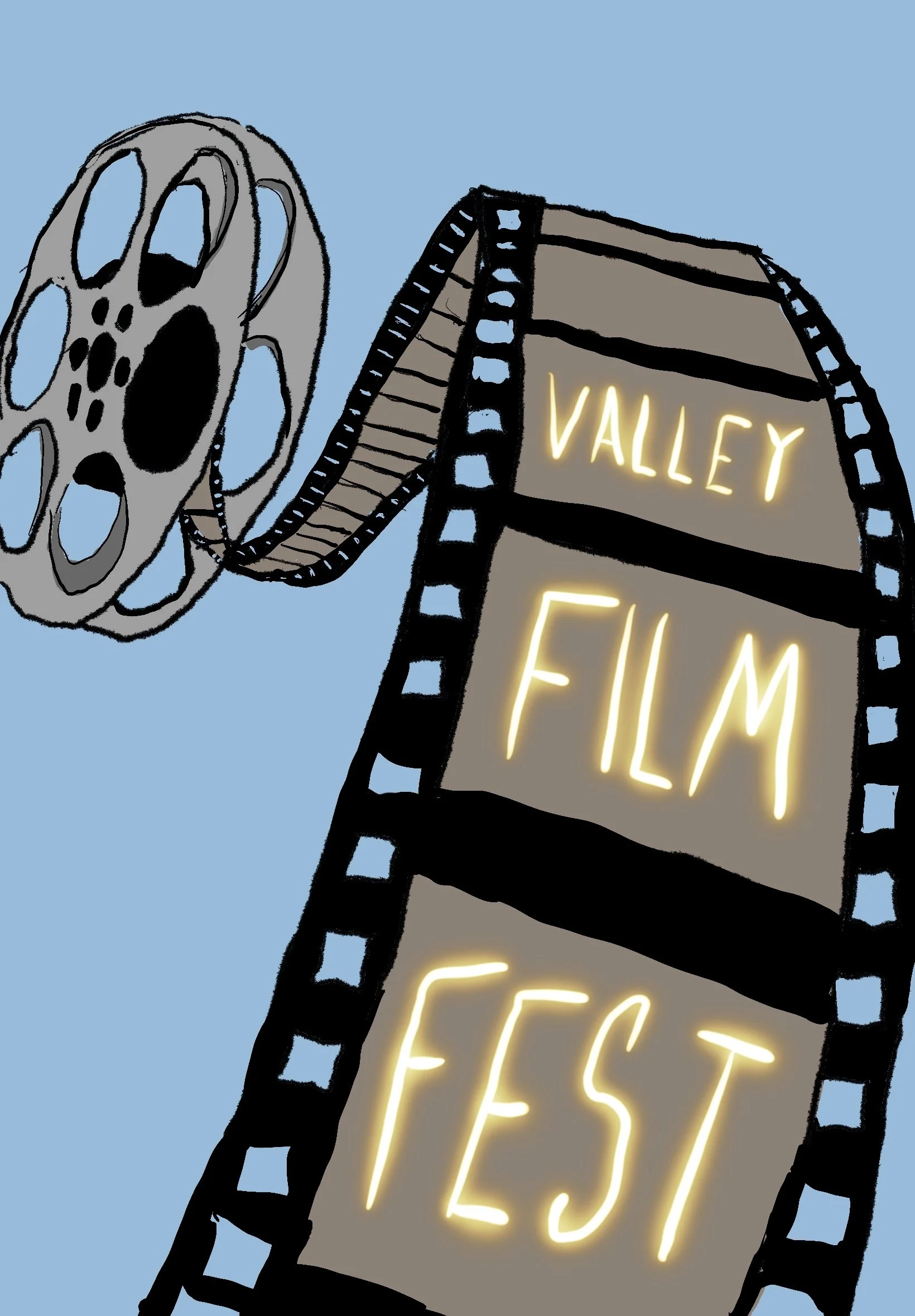Valley Film Festival Showcase
Graphic By Jenna Tibby
From rising local filmmakers to international visionaries, the Valley Film Festival’s 25th anniversary lineup features 50 films, offering audiences a chance to experience diverse international perspectives and fresh local cinema. Celebrating San Fernando Valley’s proud history of moviemaking, this year’s showcase of independent films highlights the festival as a home for local filmmakers.
One filmmaker is Santa Monica College (SMC) alumnus, Tomas Carrasco, whose short film “Tarzana Boy” was featured at the festival. Carrasco not only directed and wrote the project, but also starred in it.
The film was originally developed while Carrasco attended SMC in February of 2024, later included in his transfer portfolio. The film reflects both his academic journey and his versatility as a storyteller. Carrasco transferred from SMC and is now an undergraduate in UCLA’s Film and Television Program.
“I would say my ideas usually start with a character or a premise,” Carrasco said, describing his creative process. “With this one, the character came first, and then all of the story elements fell into place.” Carrasco’s film tells the story of Tarzana Boy, a man obsessed with the 1980’s classic pop song “Tarzan Boy” from the Italian band Baltimora. This obsession eventually leads Tarzana Boy to onstage disaster.
“The Corbin Bowl has an open mic, so it seemed like a great place to stage something and capture real people’s reactions,” Carrasco said. The Corbin Bowl, a neighborhood bowling alley in Tarzana, proved to be the perfect place to bring “Tarzana Boy” to life.
Carrasco’s film depicts Tarzana Boy’s on-stage bombing as he belts out “Tarzan Boy” in front of a crowd of jeering local comics. The film ends with Tarzana Boy being violently beaten down only to rise again and continue on.
“I don’t think of myself as a filmmaker striving for a singular vision, but rather as someone who uses cinematic tools and language to let things surface from the subconscious,” Carrasco said. Tarzana Boy spoke for itself, as the film substantiated Carrasco’s views on filmmaking and his creative process as a whole. Tarzana Boy was a graphic expose of the artistic condition and the manifestation of the subconscious in real life.
“The filmmaking process to me is about taking abstractions and making them into real situations to be captured,” Carrasco said. Bombing on stage during an open mic is a tale as old as time, but “Tarzana Boy” was a fresh experience for the audience. Carrasco said he didn’t intend to create a grand spectacle, instead, “bAn intimate look at people guided by obsession.”
A Canoga Park native and current Tarzana resident, Carrasco was a natural fit for the Valley Film Festival’s 25th-anniversary celebration of local cinema.
Also attending the festival was rising filmmaker Hila Cage Coppola, an SMC Alumna, with her film “The Talk.” Partnered with the Los Angeles Valley College’s Anti-Racism Film Project, it focuses on a Black couple who lost their child during birth, and the father’s inability to cope with such a loss.
The film is based on Coppola's personal experiences with childbirth complications and the neglect of doctors towards patient concerns. As is evident in her own work, she said that the most important advice to an aspiring filmmaker would be to, “draw from your own personal experiences as much as you can, don’t try and make what other people want to see.” Her advice ultimately highlights the hard-to-watch content of her film, and how it holds no punches in showcasing the infant mortality rate of Black children.
She credits her ability to think and reach for something different thanks to Professor Bell of the English Department at SMC. Coppola says Professor Bell would “...bring 2Pac in and have us read his old poetry” which was “not things a literature teacher would do at that time, and so, I think that opened a lot of doors to know that you can research other things, not just what people consider art.”
The Valley Film Festival’s 25th anniversary defines the diverse reality of modern filmmaking and honors the history of the Los Angeles film industry.

